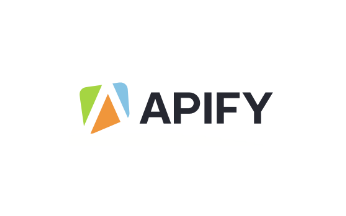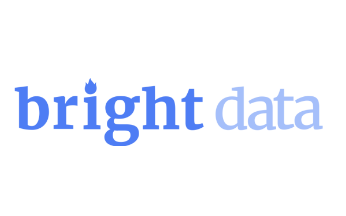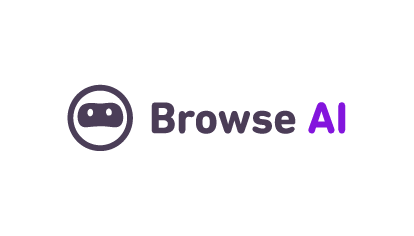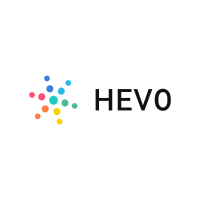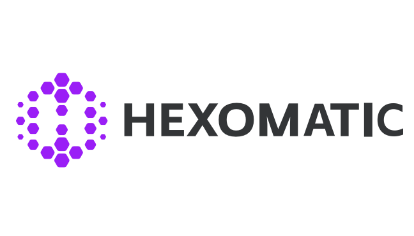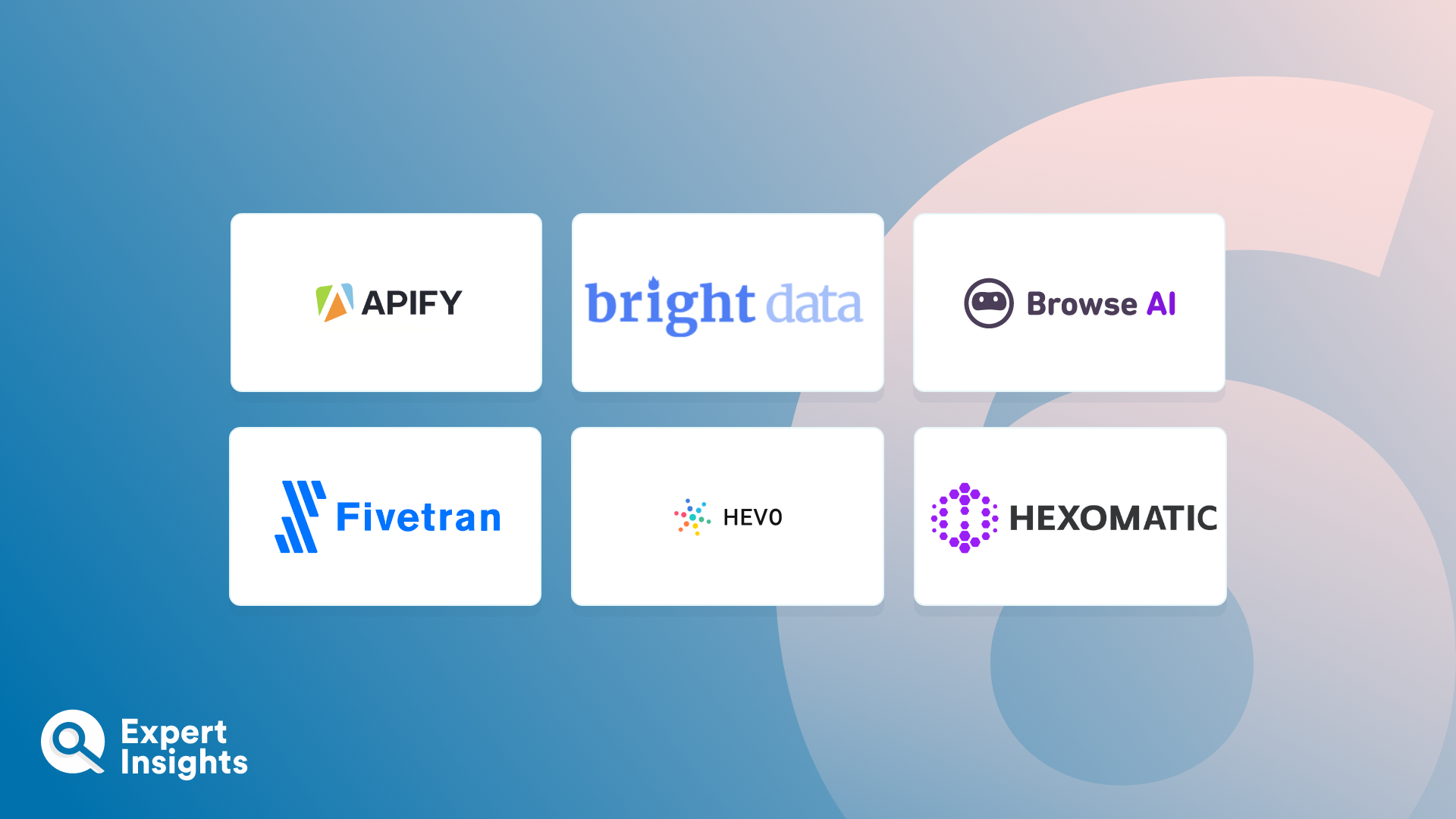Everything You Need To Know About Data Extraction Software (FAQs)
What Is Data Extraction Software?
Data extraction, also known as data collection, is the process of gathering information from various sources—including websites, emails, spreadsheets, PDfs, videos and audio files—and collating it in a single dataset that’s ready for analysis.
While it’s possible to extract data manually, the process can be time-consuming and complex when working with multiple data sources, as you may have to deal with multiple APIs and data formats.
Data extraction software makes this process easier as it supports the extraction of data from numerous sources, and enables the user to extract both structured and unstructured data without writing or maintaining any code. Structured data, such as a spreadsheet, is highly formatted and organized, making it easy to search for within a database. Unstructured data, such as a photo or social media post, doesn’t have a pre-defined format, which makes it difficult to extract and analyze manually. Because data extraction tools support both types of data, they enable users to gain insights from all of their resources.
Once it’s extracted data from various sources, a data extraction tool processes and refines that data, then stores it in a central location ready for further processing or analysis. This storage facility can be in the cloud, on-prem, or both.
What Is The ETL/ELT Process?
Data extraction is the first stage in the extract, transform, and load (ETL) and extract, load, and transform (ELT) processes. The full ETL/ELT process enables organizations to collate and integrate data from different sources into a single, central location for analysis. Let’s take a little look at each stage to see how they work together:
- The extraction stage involves identifying relevant data from one or more sources, then taking it from those sources and preparing it for processing (or “transformation”). In the extraction process, multiple data types can be collated and combined.
- The transformation stage involves cleansing and organizing the data. Missing values are removed or enriched, duplicate entries are deleted, and audits are carried out to ensure that the data is reliable, consistent, and ready for analysis.
- The loading stage involves delivering the transformed data to a single, central repository for storage and analysis.
While extraction can take place outside of the ETL/ELT process, you’ll get the most out of your data by completing all three stages. Data that’s extracted but hasn’t been transformed or loaded won’t be organized at all, which makes it difficult to analyze and could render it incompatible with other data or systems. So, you can extract data outside of ETL/ELT, but if you want to use the data for anything except archiving purposes, you’re better off transforming and loading it, too.
How Does Data Extraction Software Work?
Data extraction software uses a combination of AI- and ML-driven processes, as well as optical character recognition (OCR) tools, to extract different types of data from multiple sources. Most software will be able to carry out two types of extraction: a full extraction, or an incremental extraction.
In a full extraction, the software extracts all of the data from its source. It’s useful for creating an initial, complete dataset in its raw form, with the intention to refine it or extract smaller sections of it in the future as needed. Because they involve large volumes of data, full extractions are best completed when you’re going to be storing the data in the cloud, as the cost to store it is lower than if you were having to store it on-prem.
In an incremental extraction, the software extracts part of the data from its source, using SQL queries and APIs to extract specific fields or views of the data as needed. This type of extraction is usually used to extract data that has been modified in an existing dataset since your last full extraction was completed.
Whichever type of extraction you’re carrying out, the software will usually follow the same process to extract the data from the source:
- The user uploads digital documents into the extraction software.
- The software uses OCR technology to generate convert any characters into machine-readable text, and to generate a readable representation of any visual elements or images within the data.
- The software normalizes the text that it generated. This includes correcting any errors, and handling any differenct languages present.
- The software applies ML algorithms to extract relevant features from the normalized text that may help distinguish separate data fields, such as word frequency, font style, and format/layout information. The algorithms then classify the text into these different fields.
- The software validates the extracted data using rule-based checks and comparisons with existing data sets to ensure that it’s accurate. At this stage, you may also choose to conduct a human review of the extracted data to verify it.
- The user exports the verified extracted data into a database or another business system, ready for analysis.
What Are The Benefits Of Data Extraction Software?
There are a few key benefits that businesses can reap by utilizing data extraction software to collect data for them. These include:
- Speed and scale. It would take a huge amount of time for a person to read through hundreds of documents looking for specific information, then copy that information across into a new file. Data extraction tools automate this process, making it much quicker than were your team to undertake it manually. Plus, their parallel processing and batch processing techniques enable these tools to handle large volumes of data, making it easy to process lots of information quickly.
- Data quality. Carrying out repetitive, tedious work for a long period of time—such as reading through numerous data sources looking for certain data—inevitably results in mistakes such as incomplete or missing information and duplicate records. Using a data extraction tool to automate data collection and pre-process the data can help ensure the accuracy of the final dataset that’s presented for analysis.
- Agility and business intelligence. Data extraction software enables you to consolidate data from multiple different systems and sources into a single, centralized repository. This means you don’t have to worry about your data being stored siloed applications or locked behind software licences. Plus, with all of your data in one place, it’s much easier to analyze it to gain meaningful insights into your business. This, in turn, can help you make data-driven decisions.
- The best data extraction software can be configured to handle sensitive data carefully. For example, you could configure the solution to identify sensitive data such as personally identifiable information (PII), then redact or anonymize it to ensure its integrity and privacy, in line with regulations such as GDPR, HIPAA, and the CCPA.
- Data sharing. Data extraction can enable you to easily share the data that you need to with external partners and stakeholders, without having to share all of your data.



